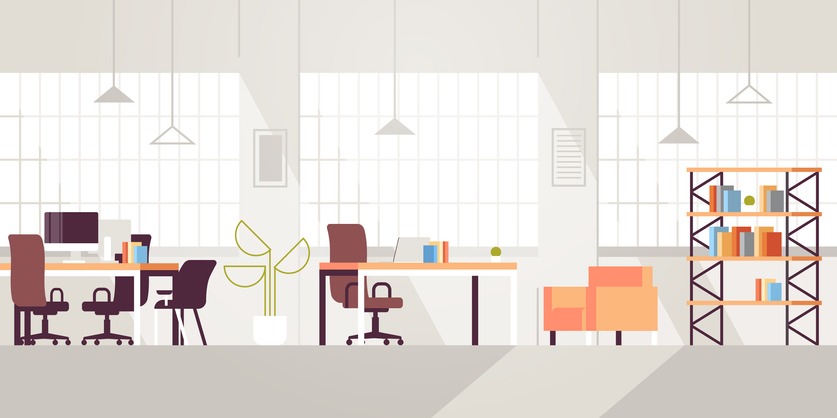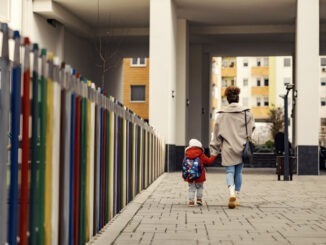
A salary and a place to sit used to be enough to attract and retain top talent, but in a post-COVID era, businesses need to up their office game
CREDIT: This is an edited version of an article that originally appeared on Money Marketing
The evolving landscape of work, coupled with a deeper understanding of the connection between office environments, health, and productivity, has sparked significant changes. Forward-thinking employers now view employee wellbeing as both an investment in their teams and a reflection of their values. Surprisingly, office design plays a pivotal role in this paradigm shift.
Sheena Doherty, a senior consultant at St James’s Place partner practice Sovereign Wealth in Halifax, exemplifies this shift. She considers her expenditure on contemporary furniture and the costs of premises equipped with amenities like a sauna, gym, and pilates classes as investments in her team’s overall well-being. Doherty’s belief is simple: “If you work hard for me, I’m going to look after you.”
Client expectations are also evolving, with many clients valuing the office environment when they meet advisers. Doherty has had six clients in the past month who emphasized the importance of in-person meetings in their decision to work with her.
The financial services sector is witnessing a shift in office design preferences. Lavish and opulent office spaces are giving way to nurturing environments that prioritize productivity, collaboration, and employee wellness. Natural light and outdoor spaces, such as balconies and roof terraces, are in high demand, along with quiet rooms that serve various purposes, from relaxation to providing support for neurodiverse employees.
Flexibility is at the heart of contemporary office design, with companies making the most of available square footage. Multipurpose spaces, like boardrooms that can be easily transformed for exercise sessions, are becoming common. This flexibility not only supports employee wellness but also helps companies optimize their resources.
Sustainability
Given office design can be seen as an extension of a firm’s culture and values, it is understandable the focus will be on sustainability for some firms. Biophilic designs which incorporate the idea of nature through the use of wood, neutral interiors, plants and water features are rising in popularity.
“Studies show that the presence of wood in an environment can help reduce stress,” says Helen Beebe, managing director AJ Products. “Spaces that include wooden elements can have an immediate calming effect that can lead to a reduction in blood pressure and heart rate.”
According to Mila Duncheva, business development manager at Stora Enso – a provider of renewable products in areas such as wooden construction – evidence shows buildings and furniture created from natural materials like wood help improve performance, mood and health at work.
Future trends
Looking to the future, predictions for office design include holographic communication as a standard feature by 2050, enabling lifelike 3D holograms for virtual meetings. Personalized workspaces that adapt to individual preferences, AI-driven analysis of employee data to monitor mental health, and virtual reality experiences for relaxation are also on the horizon. However, the responsible implementation of these technologies, especially concerning data monitoring, will require a balance between optimizing productivity and safeguarding individual rights in the workplace.
In conclusion, office design is evolving to prioritize employee wellbeing, productivity, and sustainability. As the workplace continues to transform, employers are exploring innovative solutions to create healthier, happier, and more productive work environments.



Be the first to comment